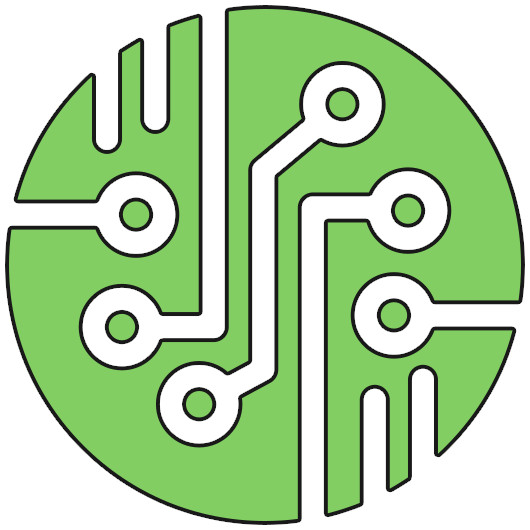
ESP12.OLED_V1 – universal ESP8266 controller board with 0.96″ I2C OLED and RGB LED
889грн.
The ESP12.OLED board is a programming-ready universal ESP8266 MCU controller with a graphic display and interfaces for connecting digital and analog sensors and actuators. It is used as a central module of IoT devices.
Description
The ESP12.OLED_V1 board is a ready-to-use 32-bit universal controller with a graphical display and interfaces for connecting digital and analog sensors and actuators. It is used as a central module of IoT devices.
The controller board has:
- PCB holes for GPIO pin-headers with step 2.54 mm
- MCU ESP8266-12
- onboard SSD1306 128×64 monochrome 0.96″ OLED I2C display
- Flash button (D3 / GPIO0 / P18)
- Rst Button
- RGB LED
- UART interface connection for testing and programming via terminal console.
The ESP12.OLED can be integrated into systems based on Espressif, Arduino, or other family of devices with 3.3V or 5V power supply and 3.3V logic level. and 3.3V logic level..
The board has a built-in 3.3 Volt regulator. 4.5 to 6 Volt (5.6V maximum recommended). DC input power is supplied via micro-USB connector or VCC and GND.
The ESP8266-12E (F) module has the specifications provided by AI-Thinker. All ports (I/O pins ) of ESP8266-12E (F) are soldered out. on the board . Step between the headers is 2.54 mm. The pin placement sequence isthe same as thepin placement sequenceon the ESP826612E (F).
Demo software (IoT-devices Test Tools) is pre-loaded on the ESP8266 module to quickly test and demonstrate the basic technical functions of the ESP12.OLED module board. This software starts in 10 seconds after power is applied.
User Manual on this software is available in a separate document. See the link ESP12.OLED Test Tools 1.0 Description .
Technical characteristics and properties:
- MCU properties comply with ESP-12F Datasheet.
- To program the controller, connect the ESP12.OLED via the UART connector to a computer using a UART-USB interface converter on the CP2102 chip or equivalent.
- Average current consumption of the controller without connecting additional devices and active Wi-Fi is about 80mA. In Deep Slep mode a average current consumption – 10uA
- Current consumption with deactivated Wi-Fi no more than 10 mA.
- The maximum load level on the 3V3 board output forexternal elements of the system is 500 mA.
- Install j1 to activate “Deep Sleep Wake Up Circuit”.
- Power supply mode selection:
- install X5 jumper for 5v power supply via uUSB or X6 pin;
- else uninstall X5 jumper to select 3v3 power supply via X6 pin.
- The dimensions are 30x65x10 mm.
Comparison of the ESP12.OLED board and the classic NodeMCU board
Compared to the NodeMCU module board, the ESP12.OLED module board has the following differences:
(1) Three inputs for power supply (mode selection: via jumper):
- 5V (via micro-USB connector) and 5V (via pins);
- or 3.3V (via pins).
(2) Available recovery circuit from deep sleep mode (via a jumper);
(3) Built-in RGB LED (3 x GPIO; but the user can use these ports for other tasks if the LED is not used);
(4) Built-in monochrome display 0.96” 128×64 OLED, SSD1306 (I2C);
(5) Built-in divider for measuring the supply voltage of the module at the micro USB input (5V);
(6) Removed USB-UART interface converter. By excluding the USB-UART interface converter, without losing access to UART functions (via pins), the cost and size of the ESP12.OLED module board have been reduced.
| ESP12.OLED_V1 | NodeMCU classic board | |
| Power Input Voltage Selector | 5V or 3V3 via jumper | Only 5 V |
| MCU Module | ESP8266-12F | ESP8266-12F |
| UART interface | Yes, Tx/Rx ports | Yes, Tx/Rx ports |
| Micro USB interface | Power only | Power and data |
| Deep Sleep Wake Up Circuit | Ready-to-use, via jumper | None, manual wiring |
| RGB LED | Built-in via 3 x GPIO | None |
| OLED display | Built-in | None |
| ADC Voltage Divider & port | Built-in, up to 5.6V DC input | None, port only |
| Fixed I2C bus pins | Yes, GPIO5 SCL, GPIO4 SDA | Not determined |
| Full pin-map soldered out | pin-headers supplied | pin-headers supplied |
Technical description: esp12_oled_v1-product-description-ukr, esp12_oled_v1-product-description-eng.
Only logged in customers who have purchased this product may leave a review.
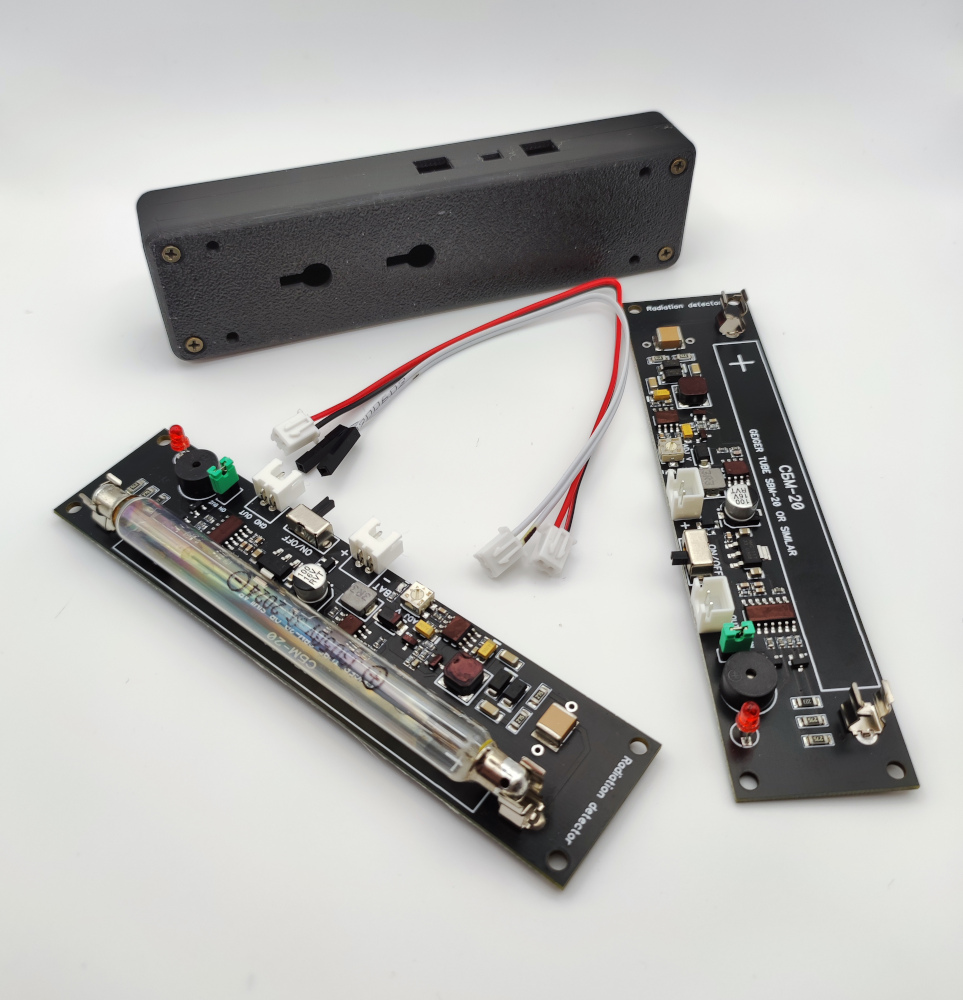
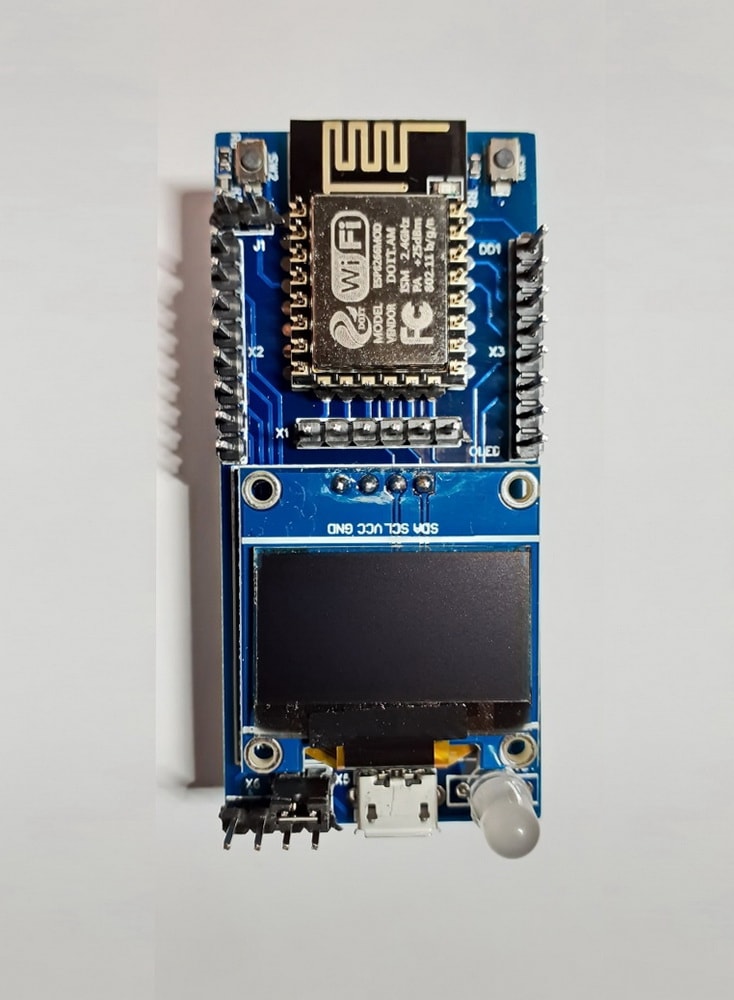

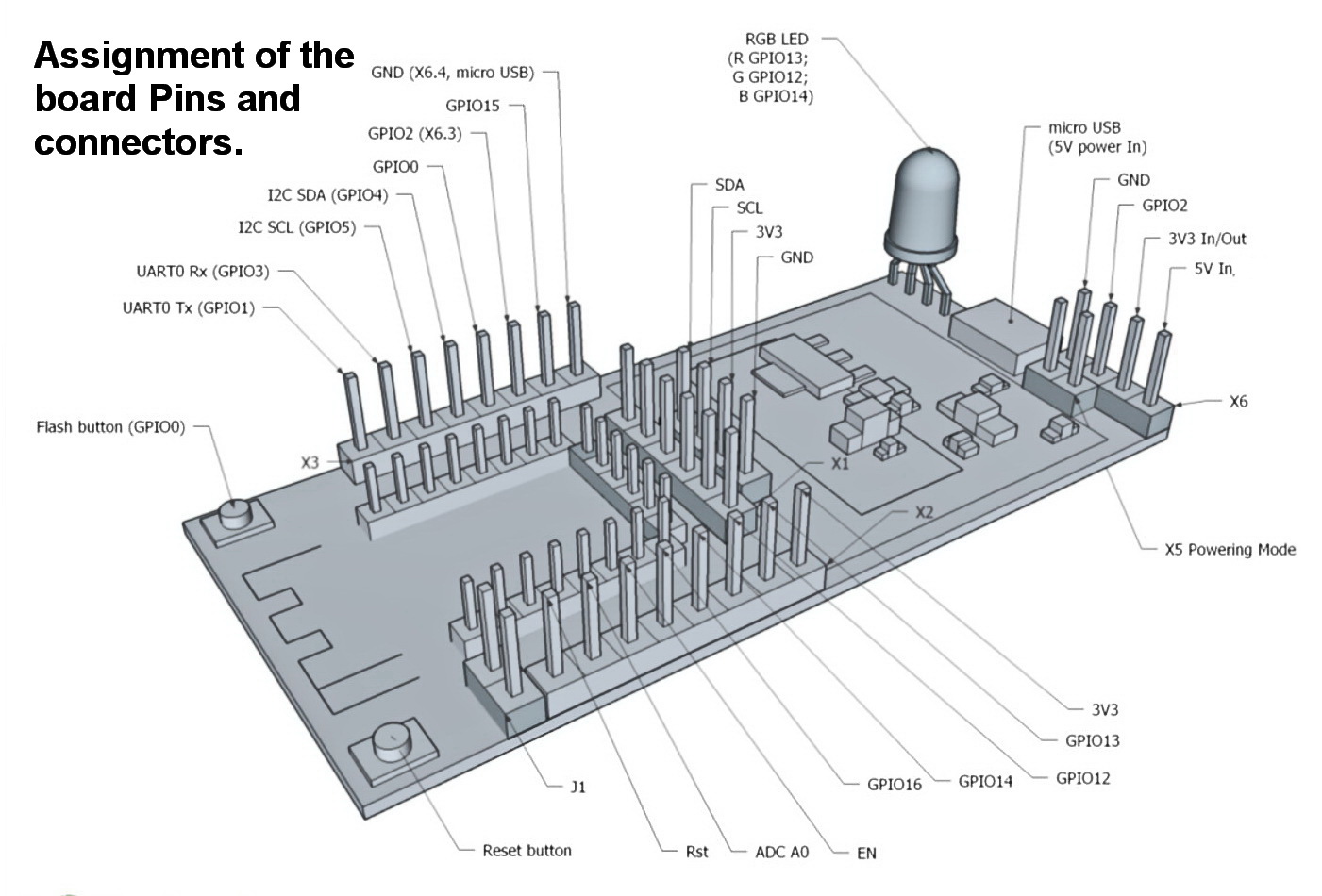
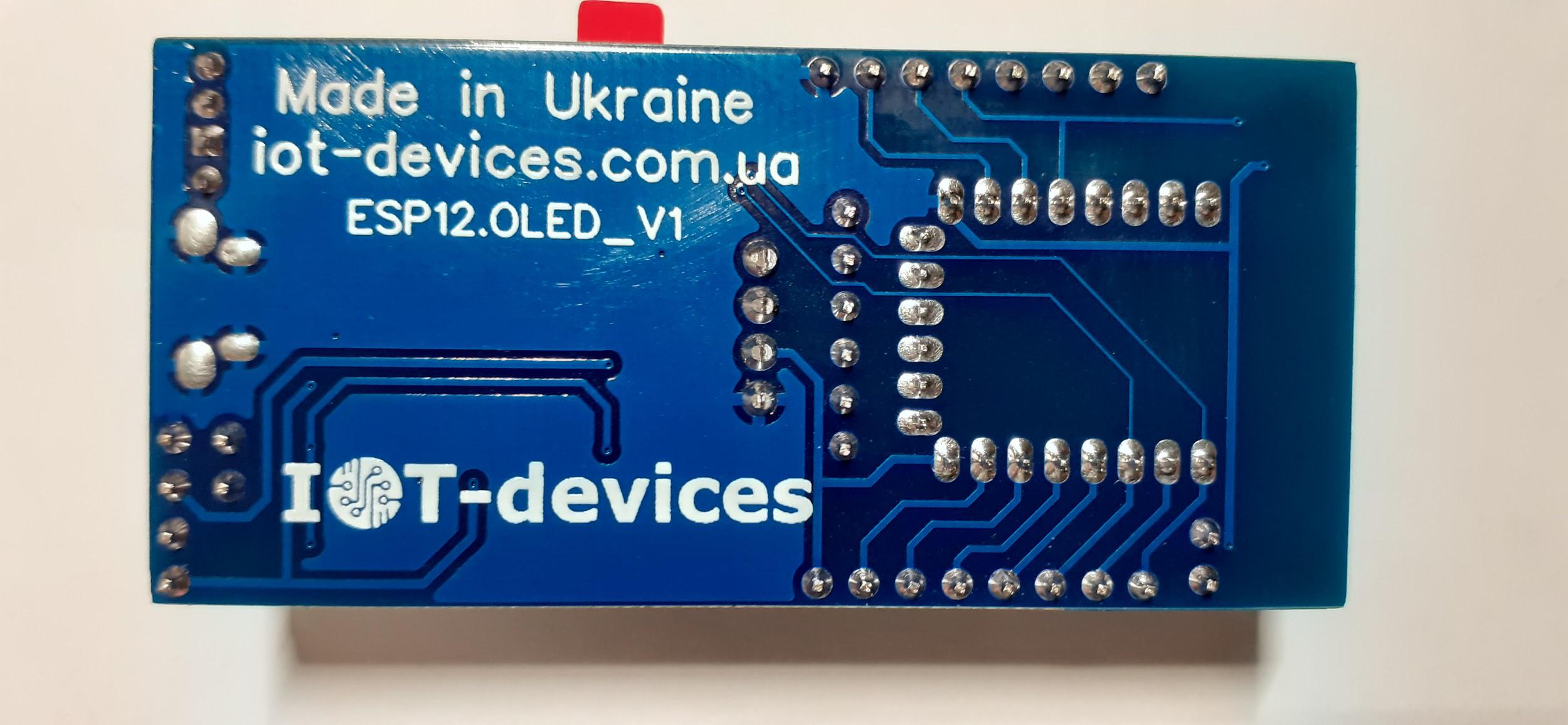
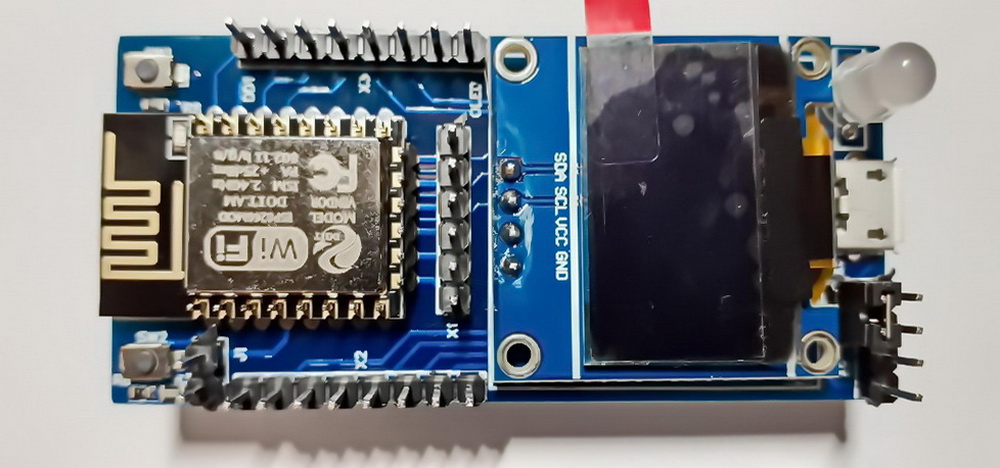
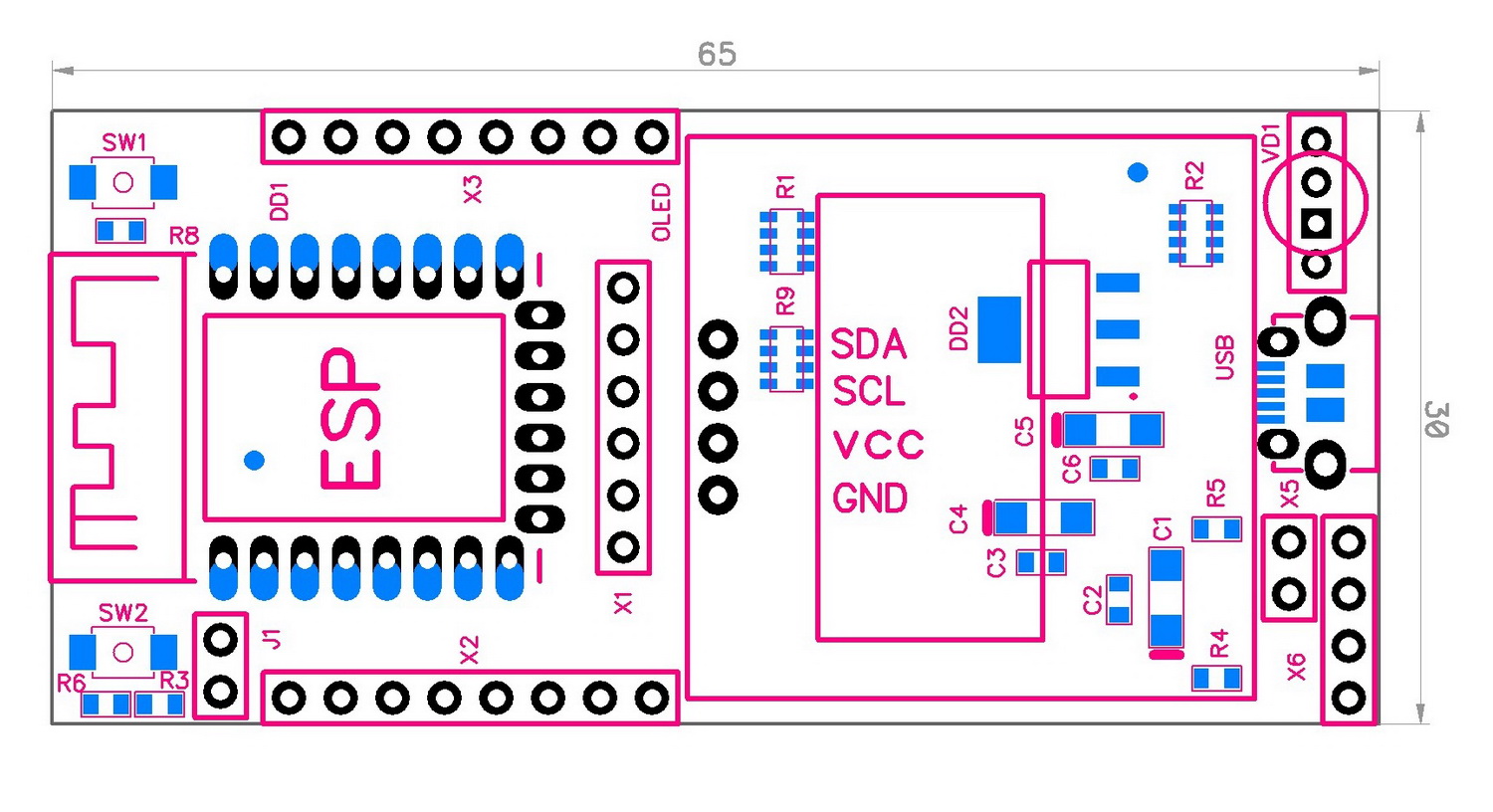
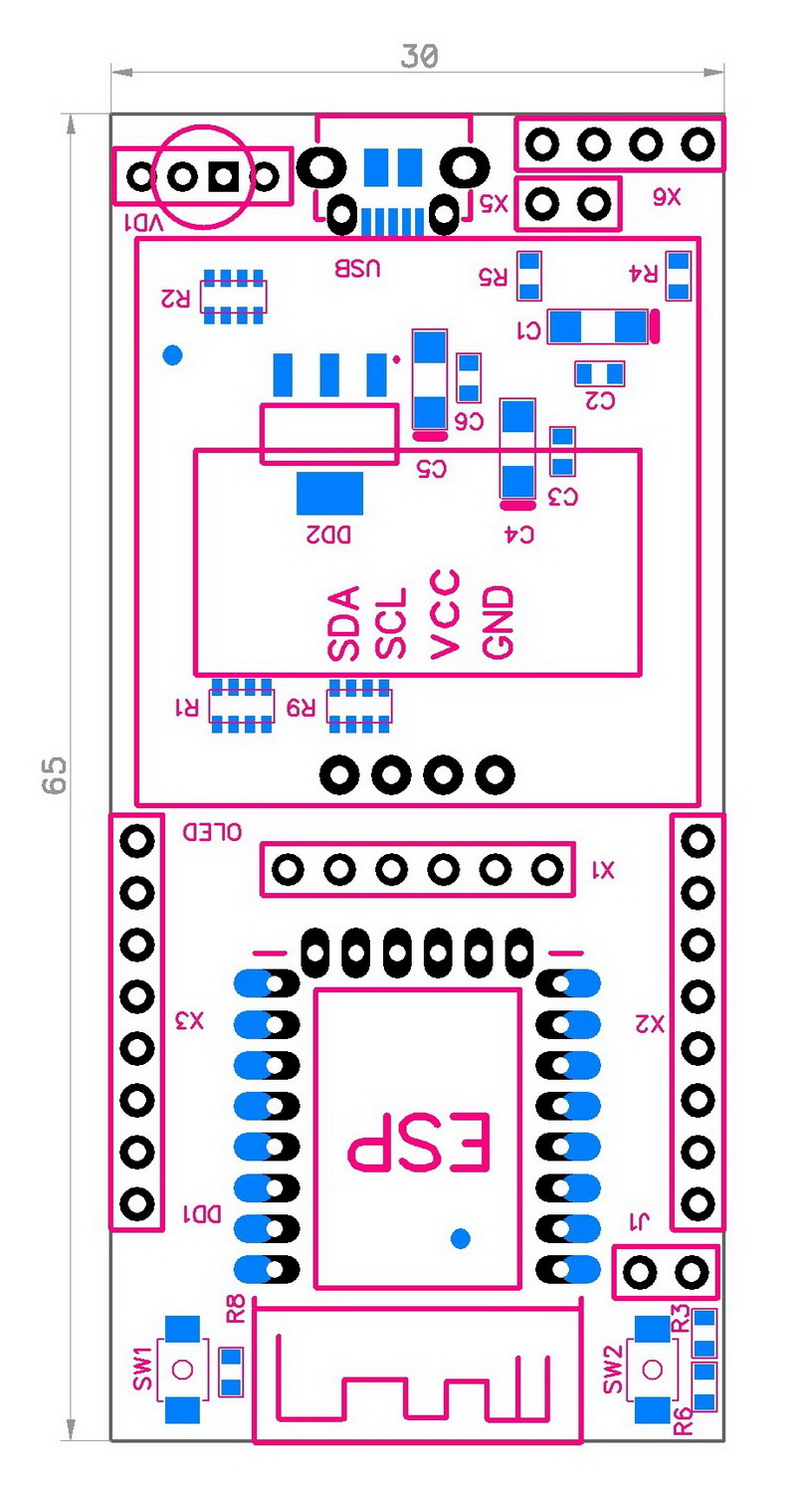
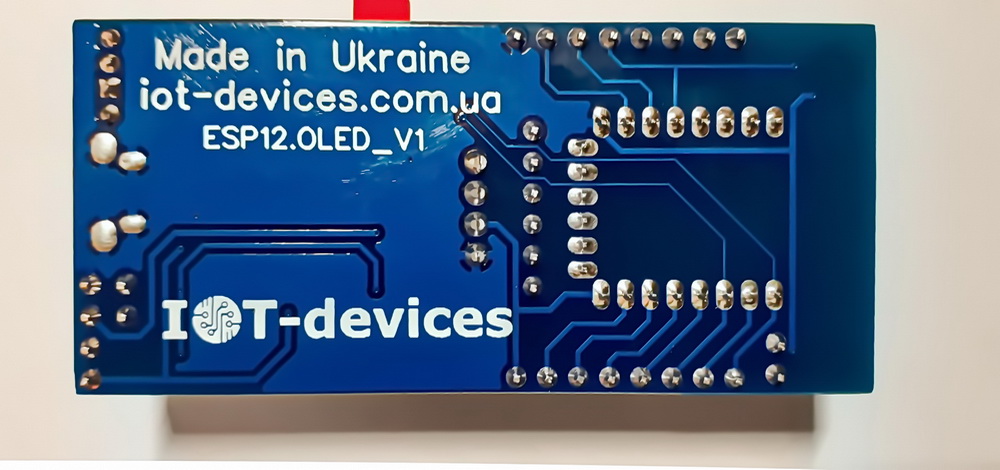
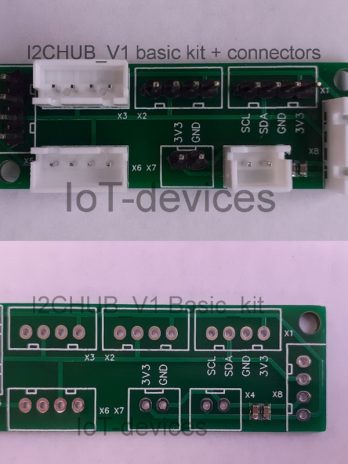
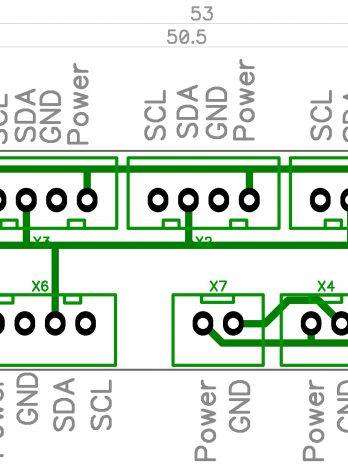
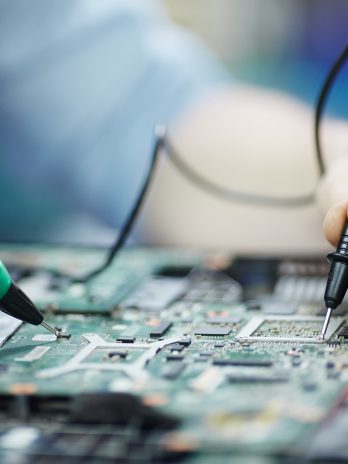
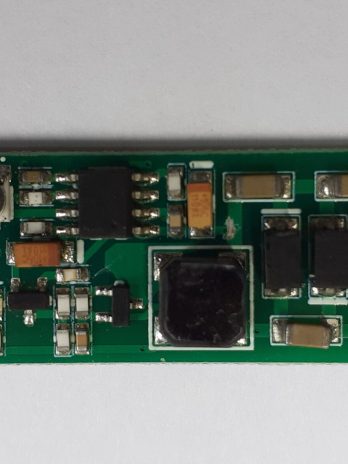
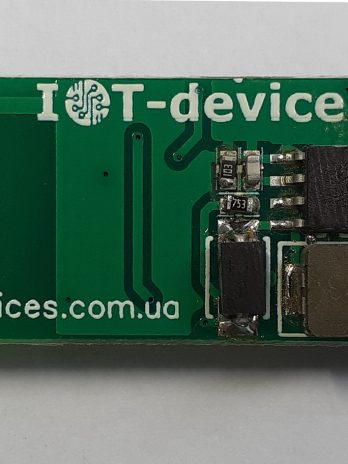
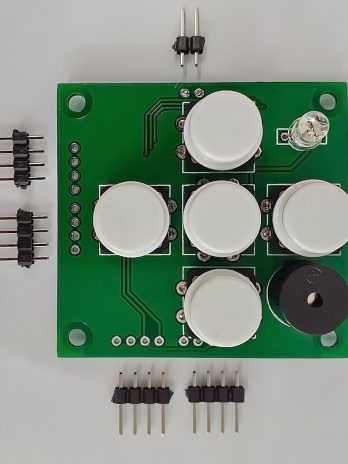
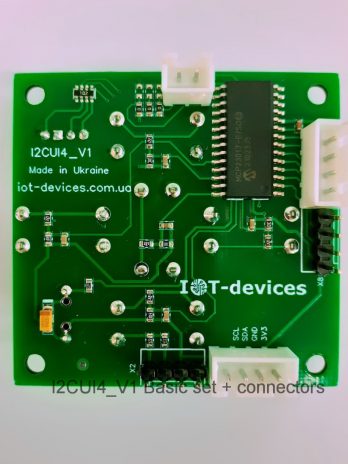
Reviews
There are no reviews yet.